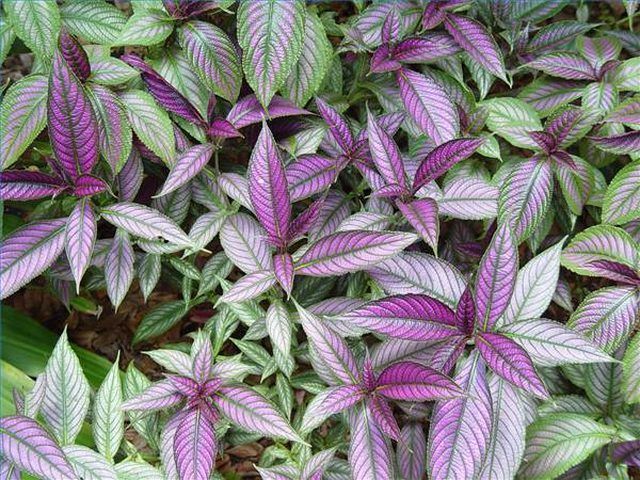Bulbs
Flower Basics
Flower Beds & Specialty Gardens
Flower Garden
Garden Furniture
Garden Gnomes
Garden Seeds
Garden Sheds
Garden Statues
Garden Tools & Supplies
Gardening Basics
Green & Organic
Groundcovers & Vines
Growing Annuals
Growing Basil
Growing Beans
Growing Berries
Growing Blueberries
Growing Cactus
Growing Corn
Growing Cotton
Growing Edibles
Growing Flowers
Growing Garlic
Growing Grapes
Growing Grass
Growing Herbs
Growing Jasmine
Growing Mint
Growing Mushrooms
Orchids
Growing Peanuts
Growing Perennials
Growing Plants
Growing Rosemary
Growing Roses
Growing Strawberries
Growing Sunflowers
Growing Thyme
Growing Tomatoes
Growing Tulips
Growing Vegetables
Herb Basics
Herb Garden
Indoor Growing
Landscaping Basics
Landscaping Patios
Landscaping Plants
Landscaping Shrubs
Landscaping Trees
Landscaping Walks & Pathways
Lawn Basics
Lawn Maintenance
Lawn Mowers
Lawn Ornaments
Lawn Planting
Lawn Tools
Outdoor Growing
Overall Landscape Planning
Pests, Weeds & Problems
Plant Basics
Rock Garden
Rose Garden
Shrubs
Soil
Specialty Gardens
Trees
Vegetable Garden
Yard Maintenance
How to Landscape a Hill
How to Landscape a Hill. Landscaping on a hill involves certain challenges, but the aesthetics of the design can be very pleasing once your overall project is completed. Among your primary considerations is how your landscaping efforts will affect water flow and soil erosion on the hill. You want to avoid soggy bogs at the base of your hill, for...

Landscaping on a hill involves certain challenges, but the aesthetics of the design can be very pleasing once your overall project is completed. Among your primary considerations is how your landscaping efforts will affect water flow and soil erosion on the hill. You want to avoid soggy bogs at the base of your hill, for example.
Things You'll Need
Railroad ties
Soil
Mulch
Groundcover plants
Multiple specimens of trees, shrubs and plants
Build terraces on steep slopes using railroad ties and bags of soil. The railroad ties will mark the edges of the terrace, while the soil itself will be used to create level spaces for planting.
Guide runoff water to the areas you choose through the placement of your railroad ties. Be aware of neighbor's yards, other vegetation and the current water collection points as you direct the water.
Spread mulch between the terrace steps on these steep slopes in order to protect the soil.
Plant easy-care ground cover plants on medium-slope hills and areas where mowing may be difficult.
Plant multiple specimens of your choice of trees, shrubs, flowers and other plants in beds or close groupings to simplify mowing and maintenance issues.